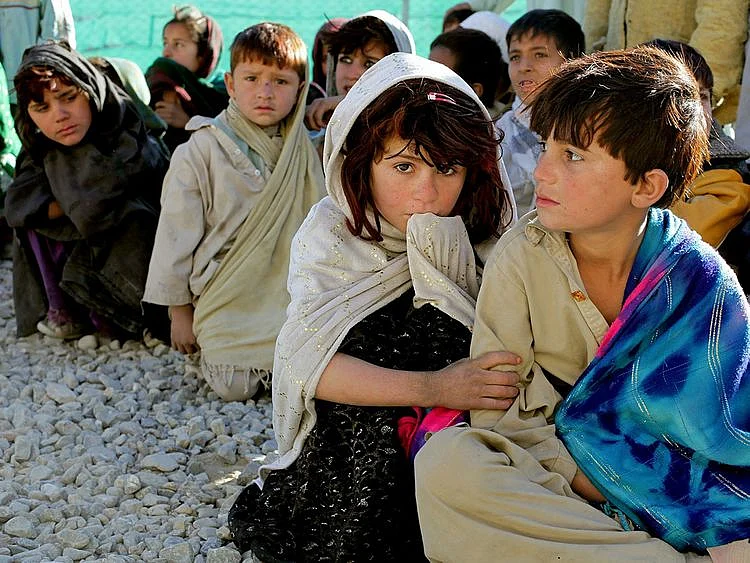Amartya Sen, economist and Nobel laureate, has been recognised for his work on welfare and entitlements. He in fact documented the association between the Bengal Famine of 1943 and people’s incomes that could not keep up with high food prices at the time.
In other words, Sen proved that famines are not only nature-induced but are human made too. Sen’s contribution went beyond the level of income as measurement of poverty and focused on the basics individuals must be entitled to, whether those are facilitated by employment or are part of a wider social security net.
The global poverty line today is calculated at $1.9 a day at Purchasing Power Parity (PPP), which means that the $1.9 is adjusted for exchange rates as the number and percentage of people living under the poverty line is calculated across borders. To illustrate, Egypt calculated its poverty at $45 a month, which is less than what the total amount would have been if it was $1.9 a day multiplied by 30 days.
So, can poverty be accurately defined and quantified? The answer is no.
Lack of a clear guideline
While it is okay to have a baseline for poverty that takes into account differences in exchange rates, the same baseline is not necessarily reflective of inflation. Even if it was, inflation itself is not the ultimate measure, given that adjusting for inflation is not a de facto measure of affordability.
In Egypt’s case for instance, the country could have done the math in calculating what is more appropriate for it as a country when it comes to poverty. Or that the $45 a month is simply the number that makes poverty statistics look better.
According to analysts, such a move cannot be justified given that the Egyptian pound has been floated and that the country is still suffering from high inflation despite it being lower now compared to when the pound was floated.
In his discussion of the notorious Bengal Famine among others, Sen uses food as a case in point of how unaffordability can go beyond poverty. His work shows that, while other expense items of a household were left mostly unchanged, food prices went significantly higher because of the Japanese invasion of Myanmar (or Burma, as it was called then) — Britain’s rice bowl at the time — and an anticipated invasion of Bengal.
That, added to hoarding of rice by major traders that took place and perhaps the inability to move food from rural to urban areas, resulted in the famine and in millions of deaths.
Poverty is relative after all. Therefore, a better understanding of poverty in each country must take into account the average expense items for each household and their shares from monthly and annual budgets. Not only that, a measure of poverty must not set a fixed amount per day — rather measure affordability of the household’s expense items.
Affordability thus will incorporate what matters to individuals most in addition to what they are entitled too, with inflation being accounted for.
That being said, the $1.9 a day will most probably need to be re-visited, and either modified or not used altogether. The replacement should be a multi-tiered metric that measures basic subsistence, entitlement, and affordability. This is even more so the case with high income countries where the $1.9 a day to measure poverty is not even applicable.
The UAE is an example here. The end product will be some sort of a “Poverty Basket”, where basic subsistence is applicable to all countries while entitlement and affordability are added as poverty is measured from low to high income countries. The basket will also need to take into account changes in purchasing power based on variations in exchange rates as well as adjusting for inflation in the country where poverty is being measured.
The last thought that I want to leave you with: What should a poverty basket constitute of?
Abdulnasser Alshaali is a UAE based economist.
Sign up for the Daily Briefing
Get the latest news and updates straight to your inbox
Network Links
GN StoreDownload our app
© Al Nisr Publishing LLC 2025. All rights reserved.
